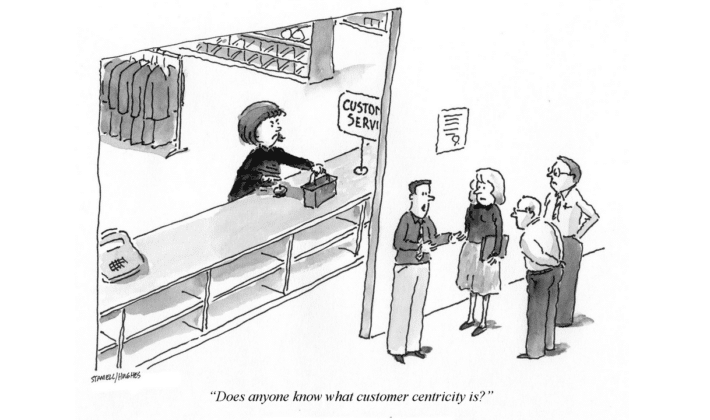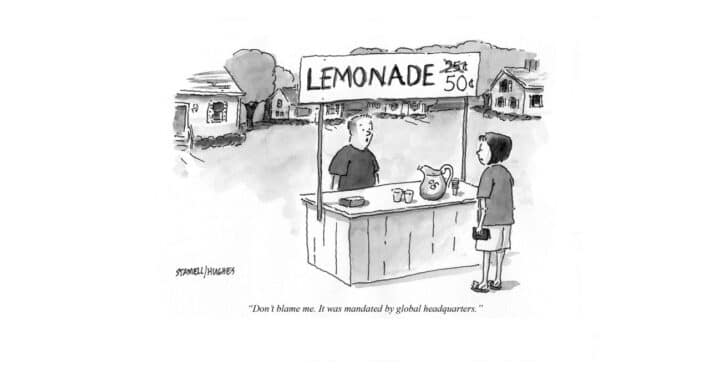What consumer marketers can learn from fashion

Whether you’re selling wine and spirits, luxury products or other consumer goods, look to see what fashion marketers are doing.
If looking for leading indicators to where consumer marketing is headed, pay attention to innovations in fashion marketing. It doesn’t matter if you’re selling wine and spirits, luxury products or other consumer goods. Fashion is often on the leading edge of what consumers are seeing as the next trend. While we can’t always count on fashion changes themselves to be long-lasting, their marketing can reveal something with much longer legs on it, so to speak.
In a recent Vogue Business article, “Quiet is the new loud: Why stealth marketing is trending“, Vogue says a low-key marketing strategy is being used to engage key opinion customers. We know that millennial and Gen Z consumers are interested in what’s new and authentic as it helps them stand out from the crowd. Gen Z and Millennials often turn away from hard sell tactics like advertising that interrupts their online experience or simply sells without explaining or educating.
“Retention is the new acquisition” is an oft-heard phrase these days
“Stealth marketing”, as described by Vogue, focuses on highly engaged everyday customers of a brand. This reflects a continual shift away from a top-down approach of selling to influencers and instead focusing on actual customers for a net gain in authenticity at a much lower cost. The opportunity is to create a real and lasting relationship with the customer that results in long-term brand loyalty and retention. “The primary objective of stealth marketing isn’t recruitment but retention, a challenge for brands of all sizes as customer loyalty becomes a priority,” says Vogue.
High-end brands like Louis Vuitton, Gucci, and Givenchy and others that want to win over fickle consumers like Nike are going small so as not to confront the consumer. Loyalty programs, small store popups, unconventional media and scheduling are some of the tactics being used. Brands are recognizing that consumer brand switching has increased dramatically during the pandemic as Internet shopping makes comparisons easier. In this environment, the need is to relate, not impress.
“Retention is the new acquisition” is an oft-heard phrase these days and in many ways, it underlies the Oomiji platform (Oomiji.com). Anyone can acquire new email addresses. There are lists that can be purchased, sweepstakes that can be held and more. But the point is that they are nothing but email addresses – that’s acquisition. Retention, which creates customer loyalty…and repeat sales, requires a relationship built on trust.
“A profound and abrupt shift is coming for everyone who uses the internet.”
You can call it stealth marketing but its importance, as pointed out in a recent McKinsey article, “The demise of third-party cookies and identifiers” has been heightened for all marketers. “A profound and abrupt shift is coming for everyone who uses the internet.” notes McKinsey. They go on to advise that brands should create their own “walled gardens”. In other words, build a private community that you can educate about your brand to build relationships.
If you think your investment in social media is going to do this, think again because you don’t have access to customer contact information or other data that will provide a basis for relationship building. It’s not that social networks like Instagram, Facebook and others aren’t walled gardens. They are but they don’t belong to you and the trove of consumer data on them doesn’t belong to you either, so your tools for relationship building are limited. It requires a different approach and you can call it “stealth marketing” as Vogue does or you can use a platform like Oomiji to build your “walled garden”. Whatever you call it or use, you’ll need it and fashion marketing is helping to lead the way.
(The Oomiji platform enables you to build your own “walled garden” so you can conduct stealth marketing to build customer relationships. Let’s set up an online demo!



